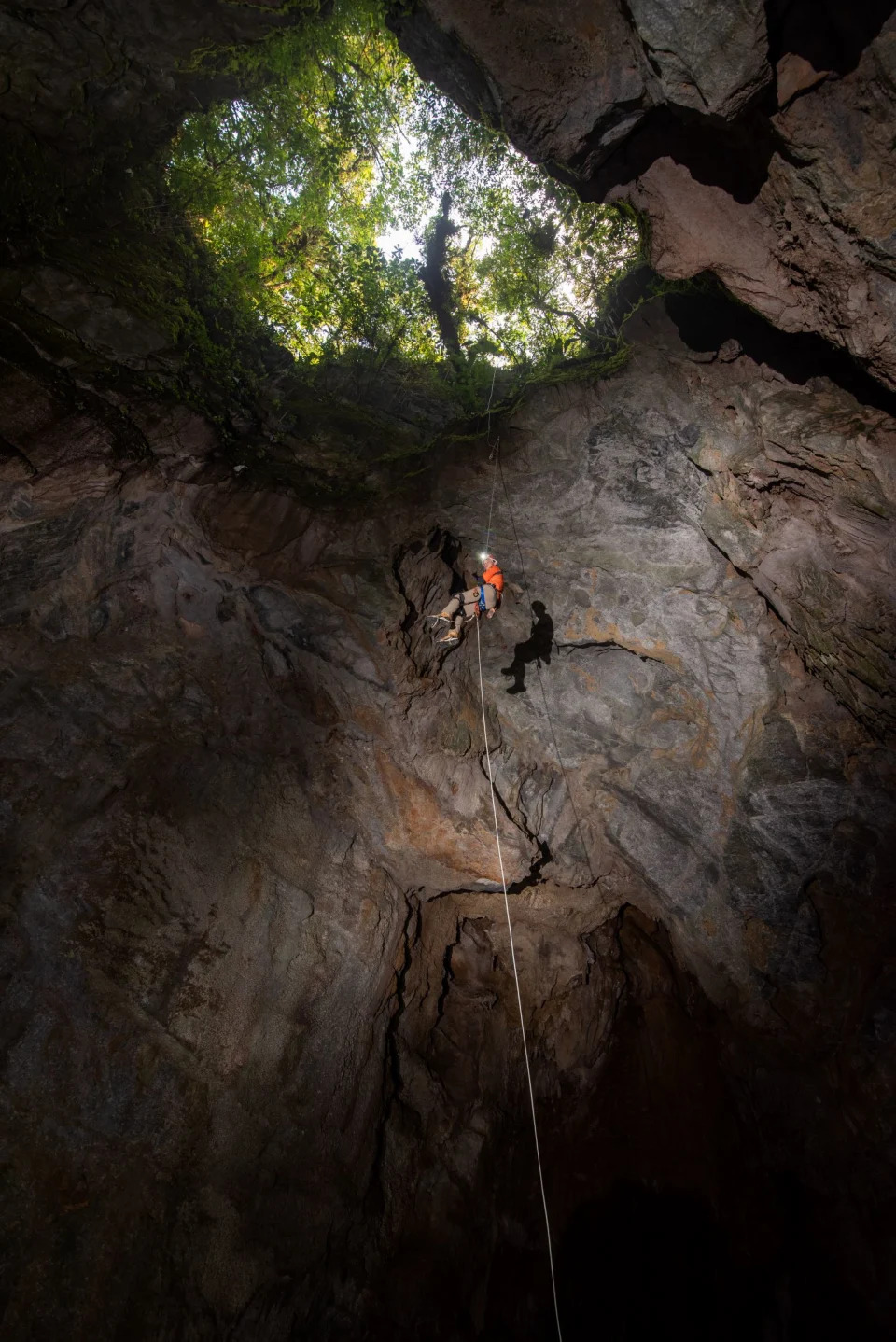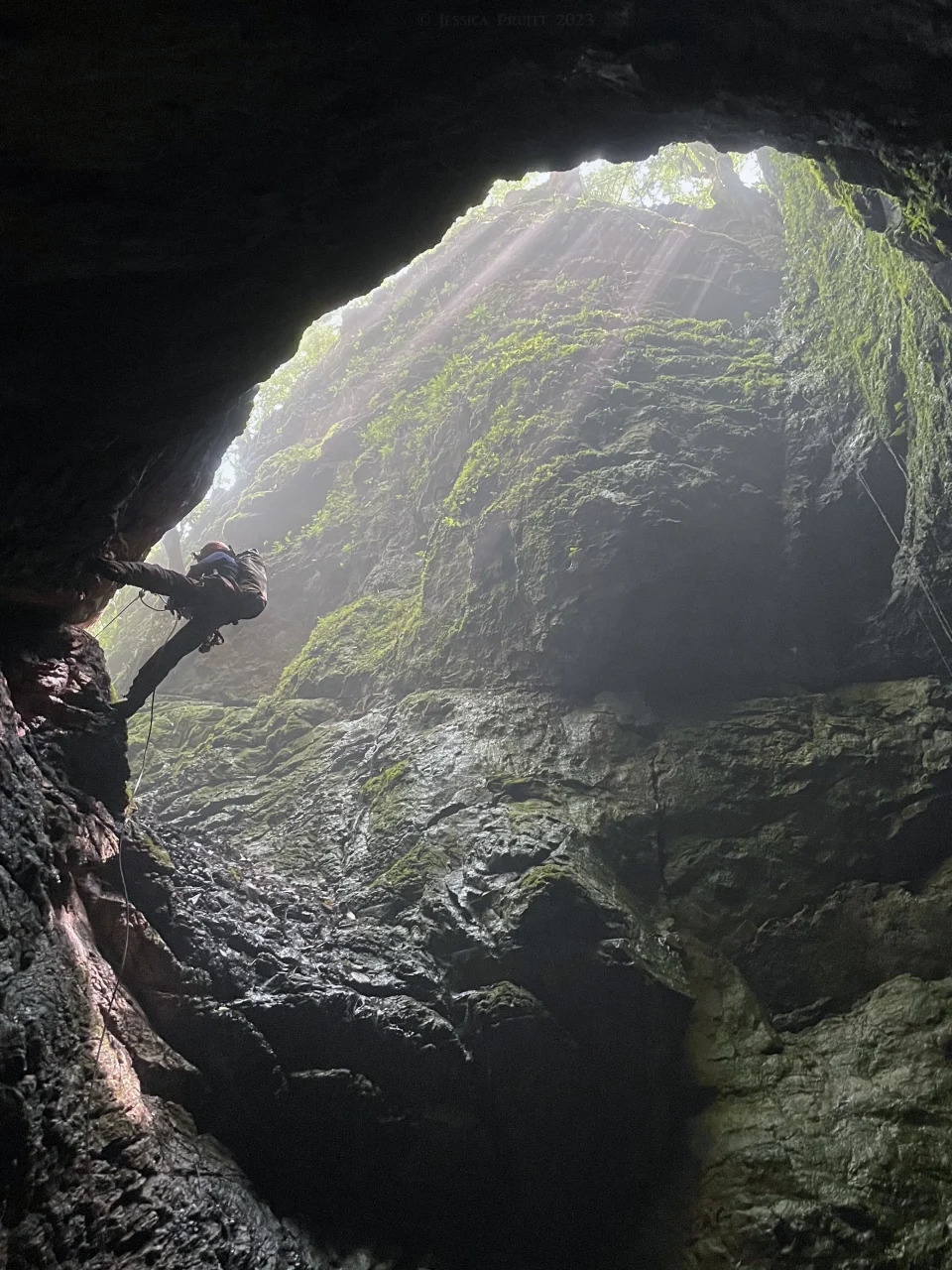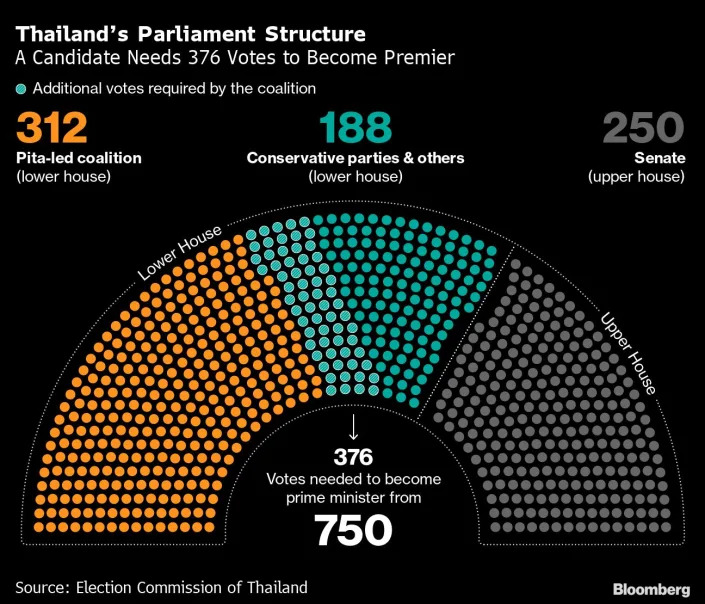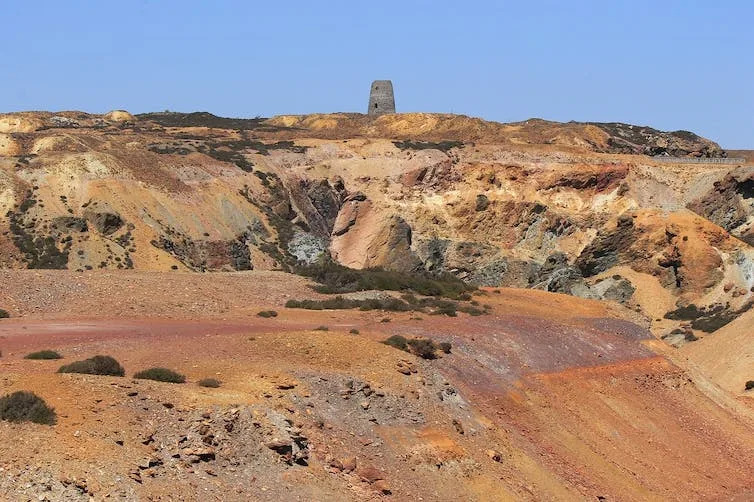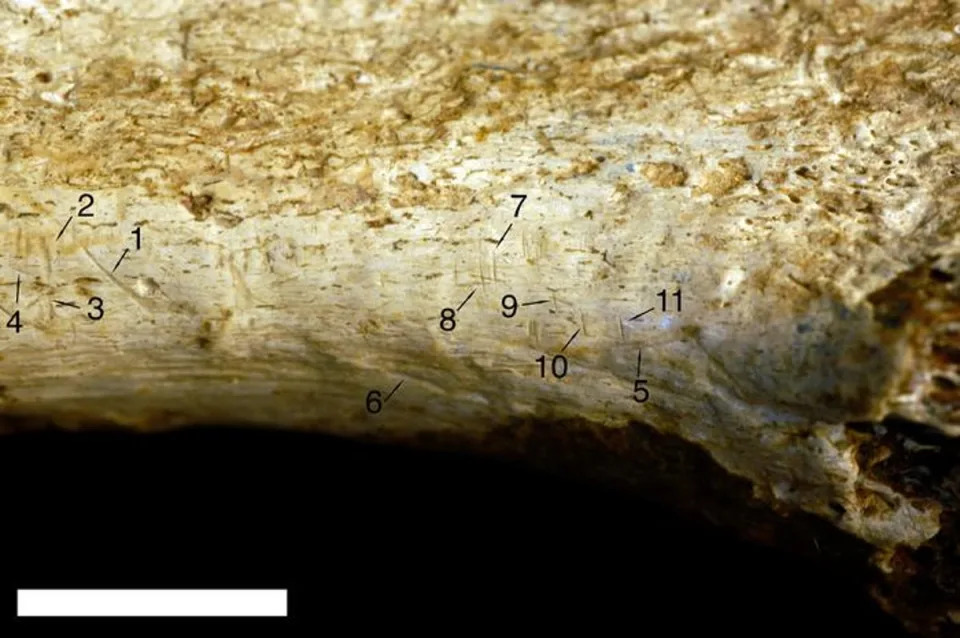
FILE PHOTO: Indonesia's President Joko Widodo speaks about the planned
new capital Nusantara, at Ecosperity Week in Singapore
Tue, June 27, 2023
By Ananda Teresia
JAKARTA (Reuters) - Indonesian President Joko Widodo on Tuesday launched an unprecedented reparation programme for victims of past human rights abuses by the state, a project critics fear will compensate only a small fraction of those who suffered.
Jokowi, as the president is known, in January expressed deep regret over 12 deadly events from 1965-2003 which include a purge by the military of suspected communists and their sympathisers, during which at least 500,000 people were killed and more than a million jailed, according to historians and activists.
It also included human rights violations by security forces during separatist conflicts in the Aceh and Papua regions, and the killing and abduction of students in 1998 after protests against the three-decade rule of autocratic former President Suharto. About 1,200 people were killed in subsequent riots, activists say.
The government has not disclosed the number of people who will be eligible for reparations, or any targets and it is unclear how victims can apply for compensation.
"Today we can start restoring the victims' rights," said Jokowi, who came to office in 2014 promising to take up the issue.
"This signals the government's commitment to prevent similar abuses in the future."
The compensation will range from educational and health incentives to house renovations, and visas for victims in exile.
However, Sri Winarso, a coordinator of a group of survivors of the 1965 crackdown, said only victims counted by government bodies had been included.
"They have to expand the coverage," he added.
Research by Indonesia's human rights commission, in cooperation with civil society groups, has estimated there are between 500,000 and 3 million victims and survivors of the 1965 bloodshed.
Commissioner Anis Hidayah said so far only 6,400 victims of the 12 bloody events had been verified, adding it was difficult to track those involved in incidents so long ago.
"We will try our best to reach more victims," Anis said.
Maria Catarina Sumarsih, the mother of a student killed in a 1998 protest, said compensation meant nothing if those responsible go unpunished.
"The president said the government will not negate legal resolution but there have been no concrete measures taken," she said.
(Reporting by Ananda Teresia; Editing by Martin Petty)
Tue, June 27, 2023
By Ananda Teresia
JAKARTA (Reuters) - Indonesian President Joko Widodo on Tuesday launched an unprecedented reparation programme for victims of past human rights abuses by the state, a project critics fear will compensate only a small fraction of those who suffered.
Jokowi, as the president is known, in January expressed deep regret over 12 deadly events from 1965-2003 which include a purge by the military of suspected communists and their sympathisers, during which at least 500,000 people were killed and more than a million jailed, according to historians and activists.
It also included human rights violations by security forces during separatist conflicts in the Aceh and Papua regions, and the killing and abduction of students in 1998 after protests against the three-decade rule of autocratic former President Suharto. About 1,200 people were killed in subsequent riots, activists say.
The government has not disclosed the number of people who will be eligible for reparations, or any targets and it is unclear how victims can apply for compensation.
"Today we can start restoring the victims' rights," said Jokowi, who came to office in 2014 promising to take up the issue.
"This signals the government's commitment to prevent similar abuses in the future."
The compensation will range from educational and health incentives to house renovations, and visas for victims in exile.
However, Sri Winarso, a coordinator of a group of survivors of the 1965 crackdown, said only victims counted by government bodies had been included.
"They have to expand the coverage," he added.
Research by Indonesia's human rights commission, in cooperation with civil society groups, has estimated there are between 500,000 and 3 million victims and survivors of the 1965 bloodshed.
Commissioner Anis Hidayah said so far only 6,400 victims of the 12 bloody events had been verified, adding it was difficult to track those involved in incidents so long ago.
"We will try our best to reach more victims," Anis said.
Maria Catarina Sumarsih, the mother of a student killed in a 1998 protest, said compensation meant nothing if those responsible go unpunished.
"The president said the government will not negate legal resolution but there have been no concrete measures taken," she said.
(Reporting by Ananda Teresia; Editing by Martin Petty)



